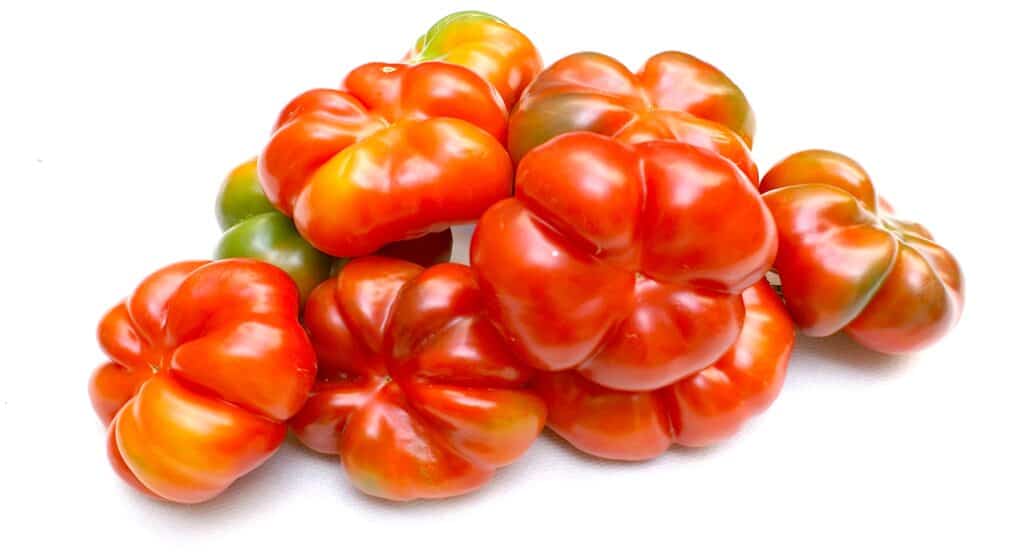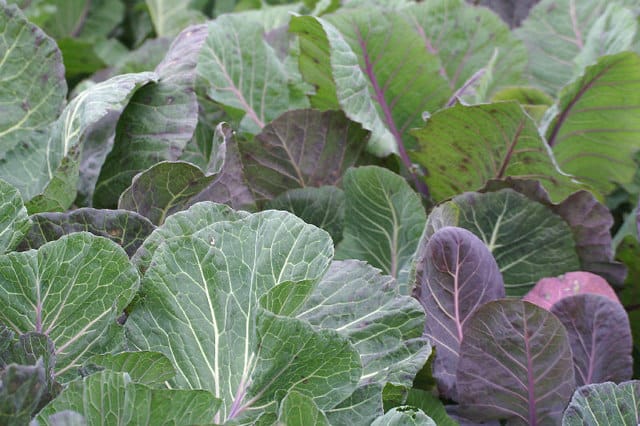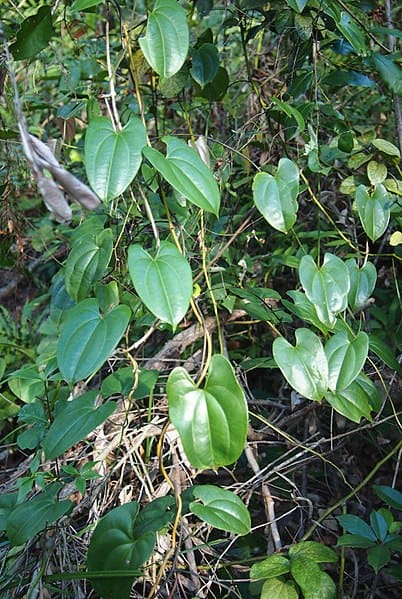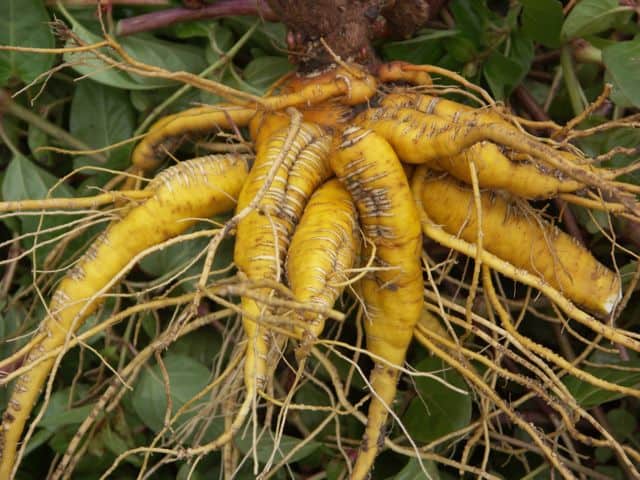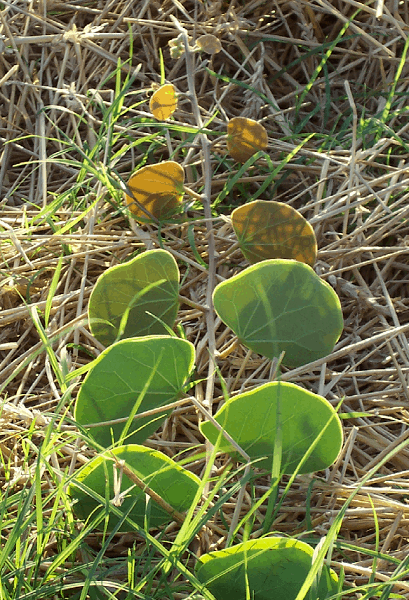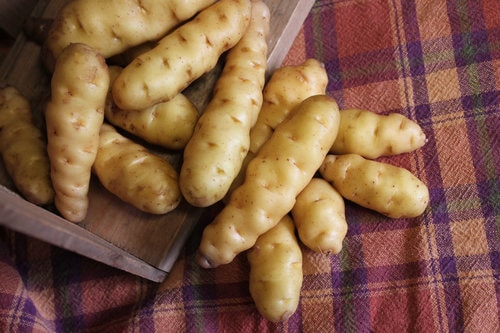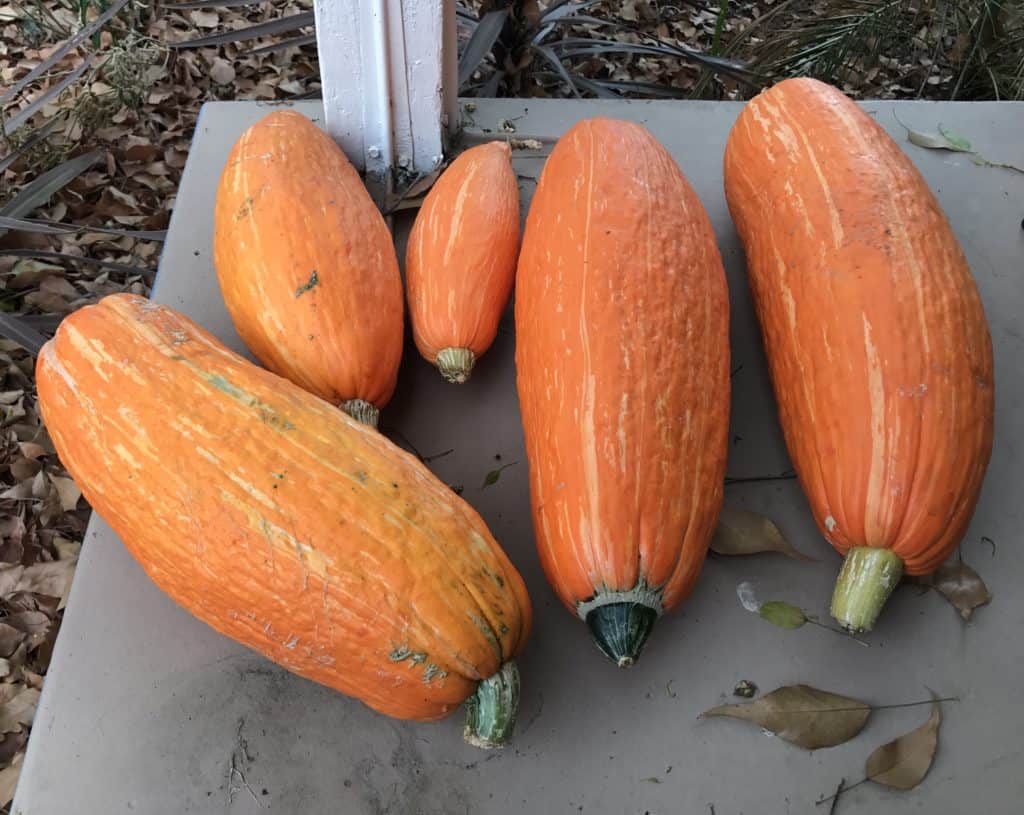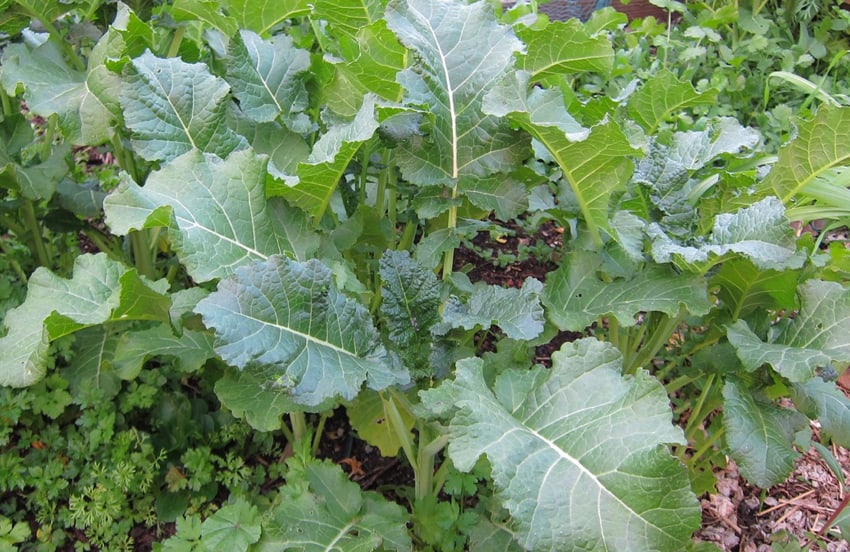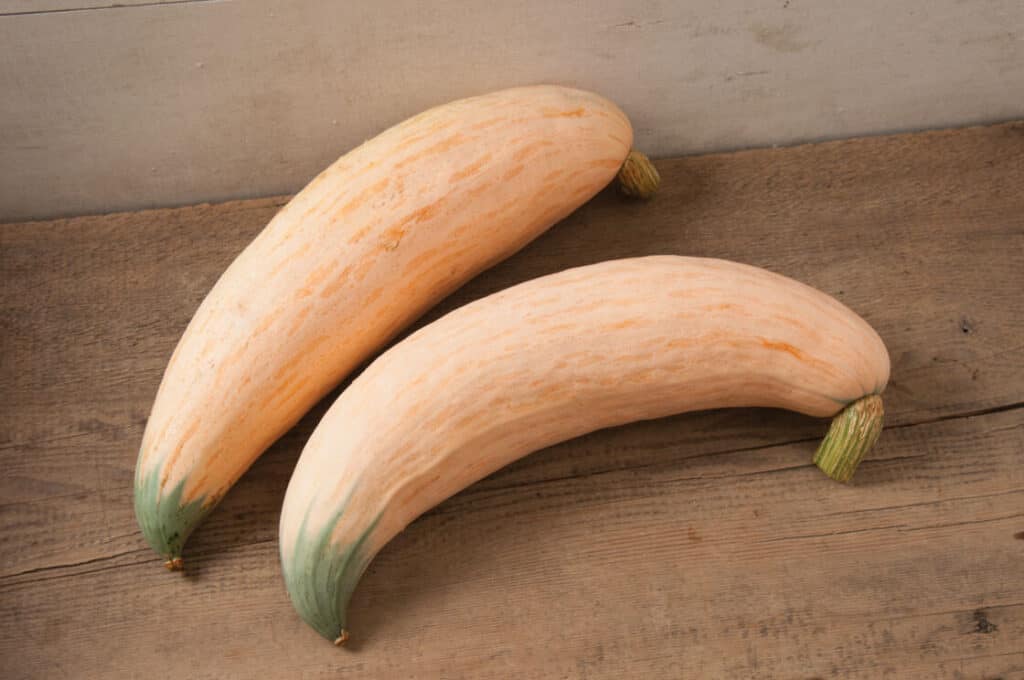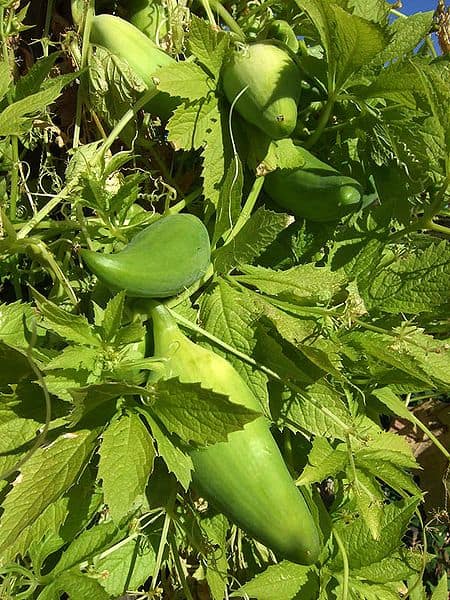In general, the food in the Western part of the world is not very diverse. Our grocery stores tend to stock only one species of a particular vegetable. However, outside of Western grocery stores there are countless varieties of vegetables that are rare or not well-known outside of their native regions.
All of the vegetables on this list are incredibly rare for various reasons.
In recent years, agriculturists have been trying to raise awareness of the vegetables on this list as well as other rare vegetables to ensure their survival. So, if you’ve got a green thumb, be on the lookout for seeds from any of the rare vegetables on this list.
Please note that this list was arranged in alphabetical order.
10. Tumaticot Pepper
Type of Vegetable: Bell Pepper
Scientific Name: Capsicum annuum L
Common Uses: Eaten in soups, stews, pasta, sauces, and any other recipes using bell peppers

photo source: italianfoodexcellence.com
Tumaticot Peppers are the least known of all the peppers grown in the town of Carmagnola, Italy. It is a more delicate and sweet pepper and can be prepared in numerous ways. One of the best ways to eat Tumaticots is stuffed and baked. Tumaticots are also preserved whole in vinegar and served as a side dish.
Did you know?
While the Tumaticot is not well-known outside of the Carmagnola region, it has become an integral part of local culture and there are now festivals dedicated to this unique pepper.
9. Shetland Cabbage/Kale
Type of Vegetable: Greens
Scientific Name: Brassica oleracea L
Common Uses: Eaten in salads, soups, stews, stir-fry, and any other recipes using cabbage or kale

photo source: Wikimedia Commons
Shetland Cabbage/Kale has been grown in the Shetland Islands in Scotland since at least the 17th century. Initially, the Shetland Cabbage was used as a vegetable and then it became winter feed for cattle and sheep. Since the Shetland Cabbage isn’t sold commercially, it has become an incredibly rare vegetable.
In the past few decades, people have forgotten about the Shetland Cabbage, but there are campaigns to raise awareness about the vegetable.
Did you know?
Shetland Cabbage/Kale is the oldest known Scottish local vegetable variety.
8. Pencil Yam
Type of Vegetable: Root Vegetable
Scientific Name: Dioscorea transversa
Common Uses: Eaten raw or roasted

photo source: Wikimedia Commons
Roasted Pencil Yams are starchier and taste similar to a sweet potato.
Aboriginal Australians have cultivated Pencil Yams for tens of thousands of years. Unfortunately, traditional indigenous farming techniques have fallen out of favor and the annual wildfires have threatened the continuation of the Pencil Yam species.
Did you know?
Indigenous Australians from Central Queensland call the Pencil Yam, “Kowar.”
7. Mauka
Type of Vegetable: Root Vegetable
Scientific Name: Mirabilis expansa
Common Uses: Eaten in soups, stews, and boiled; leaves used in salad or chili sauces

photo source: zoom50.wordpress.com
Mauka is another underutilized crop that should be better known because of its ability to grow in conditions that are hard for other root crops. This hardy root vegetable is native to the Andes and the roots can grow as large as a man’s forearm.
Both the stems and the roots of the Mauka are edible, but the roots must be sun-dried and boiled before eating to eliminate natural irritants.
Mauka root can be used in stews, soups, and any recipes that typically call for sweet potato or casava. The leaves can be eaten as salads or used in chili sauces. The cooking water from Mauka is sweet and in Bolivia it is served as a soft drink.
Did you know?
Mauka was a very important crop to the Inca, but following the fall of the Inca Empire, its cultivation fell out favor and Mauka is only grown in small gardens today.
6. Marama
Type of Vegetable: Legume
Scientific Name: Tylosema esculentum
Common Uses: Roasted seeds, can be turned into flour or milk, tuber is also edible

photo source: Wikimedia Commons
Marama is a long-lived, hardy perennial legume that is native to Southern Africa (South Africa, Botswana, and Namibia) around the Kalahari Desert. It is an incredibly versatile plant that has many uses. Because of this, awareness of Maram outside of its native regions, has been pushed in recent years.
The seeds of the Marama are similar in composition and nutritional value to soybeans and peanuts.
However, Marama is easier to grow and drought resistant, which is why it should be grown in the Western world. Marama seeds can be roasted and eaten, they can also be turned into flour and milk. Additionally, the young tubers of the Marama are also edible.
Did you know?
Despite all of the benefits that the Marama plant offers, it is incredibly obscure and is only grown by a fairly small number of families in its native region, who are unaware of the Marama’s nutritional value.
5. Makah Ozette
Type of Vegetable: Potato
Scientific Name: Solanum tuberosum
Common Uses: Can be used just like any other type of fingerling potato

photo source: slowfoodseattle.org
Prior to Ronniger’s notes, the Makah Ozette was not seen outside of Indigenous communities.
Prior to the genetic analysis of the Makah Ozette in 2004, it was believed that all potatoes in North America were first rerouted through Europe by the Spaniards before arriving in North America. The analysis showed that the Makah Ozette came directly from South America, the ancestral home of all potatoes.
Did you know?
The Makah Nation decided to name the potato Ozette as an homage their ancestral village site on Lake Ozette.
4. Gete-Okosomin
Type of Vegetable: Squash
Scientific Name: Cucurbita maxima
Common Uses: Eaten in soups, stews, roasted, and pies

photo source: cafarmandgarden.com
While the Gete-Okosomin is quite a rare vegetable, you might have heard of it when a story about the rediscovery of an ancient, “long-extinct” squash made headlines. This story turned out to be partially embellished and the Gete-Okosomin has been cultivated for 5,000 years by the Miami Nation in Indiana.
The Miami Nation have carefully taking care of preserving the Gete-Okosomin’s purity. Ever since the Gete-Okosomin was featured in the news, it’s seeds have become more widely available and people are encouraged to help keep this rare squash alive.
Did you know?
The name Gete-Okosomin comes from Anishinaabe, an indigenous Canadian language, and translates to “big old squash.”
3. Ethiopian Kale
Type of Vegetable: Mustard Green
Scientific Name: Brassica carinata
Common Uses: Eaten in salads, boiled, and pickled

photo source: anniesannuals.com
Ethiopian Kale, which is native to East and North Africa, looks nearly identical to the types of kale eaten in the west. However, Ethiopian Kale is much hardier and resistant to disease and pests. It has been grown and eaten in East and North Africa for thousands of years, but has been making its way over to the Western part of the world because of its hardiness.
Additionally, Ethiopian Kale tastes better and does not have the typical bitterness associated with kale and other mustard greens.
Did you know?
Ethiopian Kale is high in folic acid and ascorbic acid.
2. Candy Roaster Squash
Type of Vegetable: Squash
Scientific Name: Cucurbita maxima
Common Uses: Eaten in soups, stews, roasted, and pies

photo source: johnnyseeds.com
The Candy Roaster Squash also known as the North Georgia Candy Roaster is a rare heirloom squash originally bred by members of the Cherokee Nation. As its name suggests, the Candy Roaster Squash is sweet and fragrant. They also grow quite large, up to 15 pounds.
Use of the Candy Roaster Squash is popular in its native region of what is now western North Carolina, eastern Tennessee, and northern Georgia home. The Candy Roaster Squash is a perfect substitute in recipes that call for sweet potatoes or pumpkin.
Did you know?
The Candy Roaster Squash has a long shelf life and actually gets sweeter with age.
1. Achojcha
Type of Vegetable: Similar to cucumber
Scientific Name: Cyclanthera pedata
Common Uses: Eaten in stews, salads, soups, and desserts

photo source: Wikimedia Commons
Botanically, Achojcha is a fruit, but it is mostly used as a vegetable. Achojcha can be eaten raw and cooked and the vegetable is often used in stews, salads, soups, stuffed with meat or cheeses or other vegetables, and even desserts.
Locals also enjoy eating Achojcha for its medicinal properties, such as lowering cholesterol and other anti-inflammatory properties. The seeds can also be used to induce vomiting in emergency situations.
Did you know?
The young shoots and leaves of the Achojocha plant can also be eaten.

